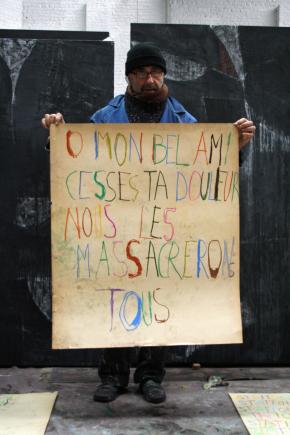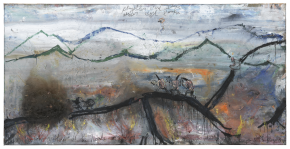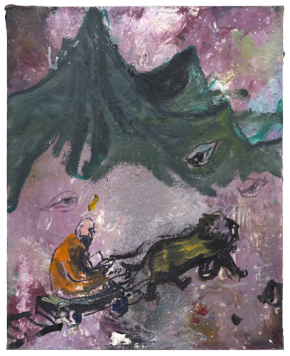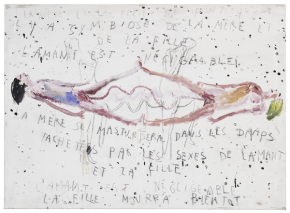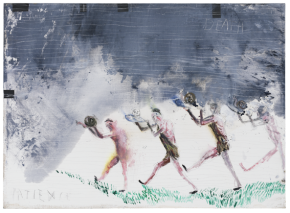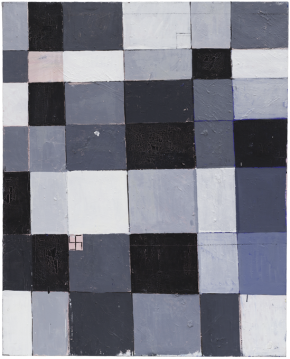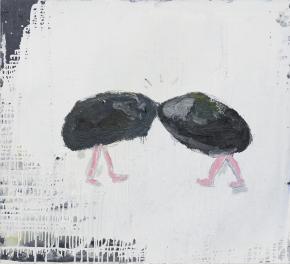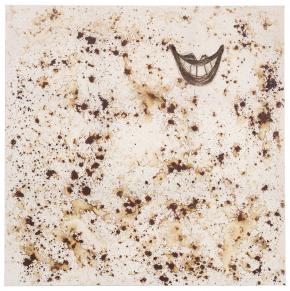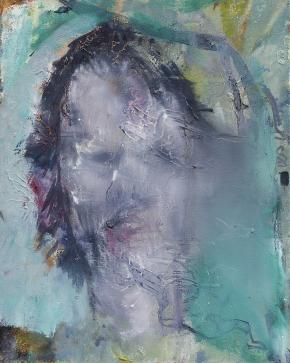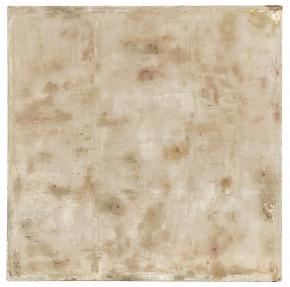Philippe Vandenberg
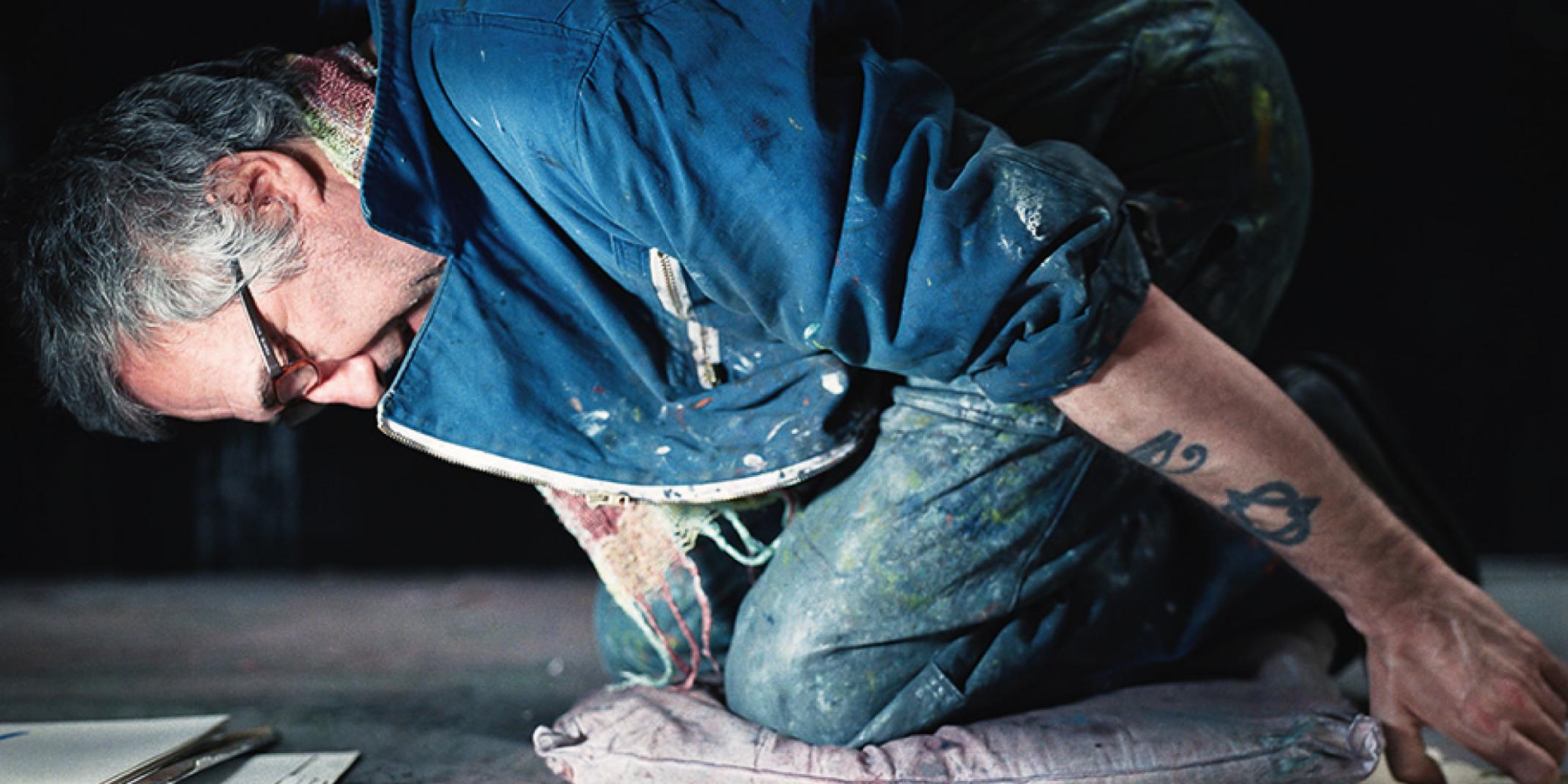
Press information
The Hamburger Kunsthalle is showing the most extensive retrospective to date of the work of Belgian artist Philippe Vandenberg (1952–2009), comprising some 80 paintings and over 120 drawings and prints. This is the first show devoted to Vandenberg in Germany, inviting visitors to discover an important artist who may be unfamiliar to them. Highly acclaimed in his home country of Belgium, Vandenberg produced a radical and unsparing oeuvre that is just now achieving greater international prominence. Many of the works on loan came from the artist’s estate and are now being presented to the public for the first time.
Vandenberg’s art displays a compelling intensity that has the power to both disturb and excite. The exhibition title Kamikaze refers to a central artistic principle he espoused. Kamikaze meant for him creative destruction, i.e., enabling something new to arise by annihilating what went before. This principle is reflected in myriad ways in Philippe Vandenberg’s paintings and drawings: in the many stylistic breaks, in his overpainting of existing pictures and scraping off paint once applied, and also in Kamikaze as a written word or its enigmatic abbreviation as »K.A.« or »KA.M.«, as well as in many motifs and recurring symbols that open up the field of tension between destruction and creation or starting anew. The latter include for example burning monks (self-immolation as a form of political protest) and the element of the swastika, an ancient sun symbol that, when tilted ninety degrees, becomes an emblem of destruction. Vandenberg’s art is rife with themes from contemporary world events, from literature and art history, myths and legends. What distinguishes these works is nonetheless his devotion to the extreme contradictions to which human beings are subject: the simultaneity of love and hate, beauty and ugliness, innocence and guilt.
The Japanese word kamikaze (divine wind) is used to refer to a Japanese air raid technique in the Second World War and also as a description of self-defeating actions. For Vandenberg, applying the kamikaze principle meant a radical change in direction and most of all a vehement demand for agile thought processes and an open mindset: »[...] to destroy your own thinking is equally important. You have to stay mobile, absolutely mobile!«
With Philippe Vandenberg: Kamikaze, the Kunsthalle continues its series of monographic exhibitions (devoted in recent years to Eva Hesse and Gego in 2013/14 and to Geta Brătescu in 2016) designed to introduce viewers to the work of contemporary artists who are less well-known in Germany.
A comprehensive publication (German/English/French, about 100 illustrations, 272 pages, Uitgeverij Kan-nibaal Verlag, Belgien, 2018) with essays by Harald Falckenberg, Josephine Karg, Brigitte Kölle, Felicity Lunn, Johannes Muselaers and Marek Wieczoreck amongst others will accompany the exhibition. The catalogue can be purchased in the Museum Shop for 29 euros or can be ordered online at www.freunde-der-kunsthalle.de.
Premiering at the exhibition is a film specially produced for this occasion: L’important c’est le kamikaze (approx. 18 minutes) by filmmaker Guillaume Vandenberghe (son of Philippe Vandenberg) and Neel Cockx.

